A very interesting infographic on plant breeding. .. Plant
3 Main GMO types in the world for seed
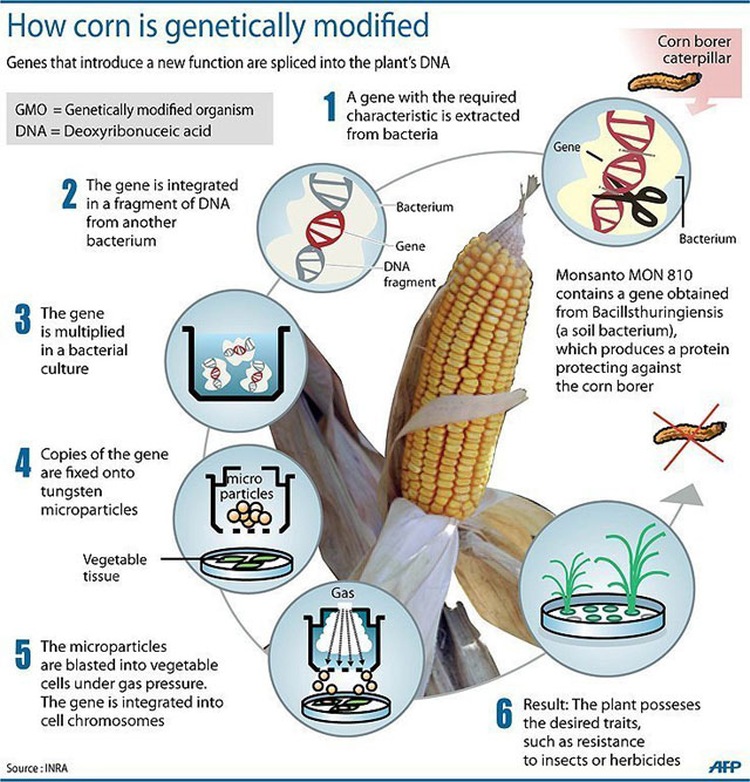
The results on the contents of dry matter in conventional and organic plant foods are inconsistent. Indeed, a number of studies have found that organic vegetables and fruits had a higher content of dry matter compared to the conventional ones, , while other reports showed that organic seem to have similar or lower dry matter contents compared to the conventionally cultured foods (Table 1).
Organic vs. Conventional Food Which is Better? Differences Between
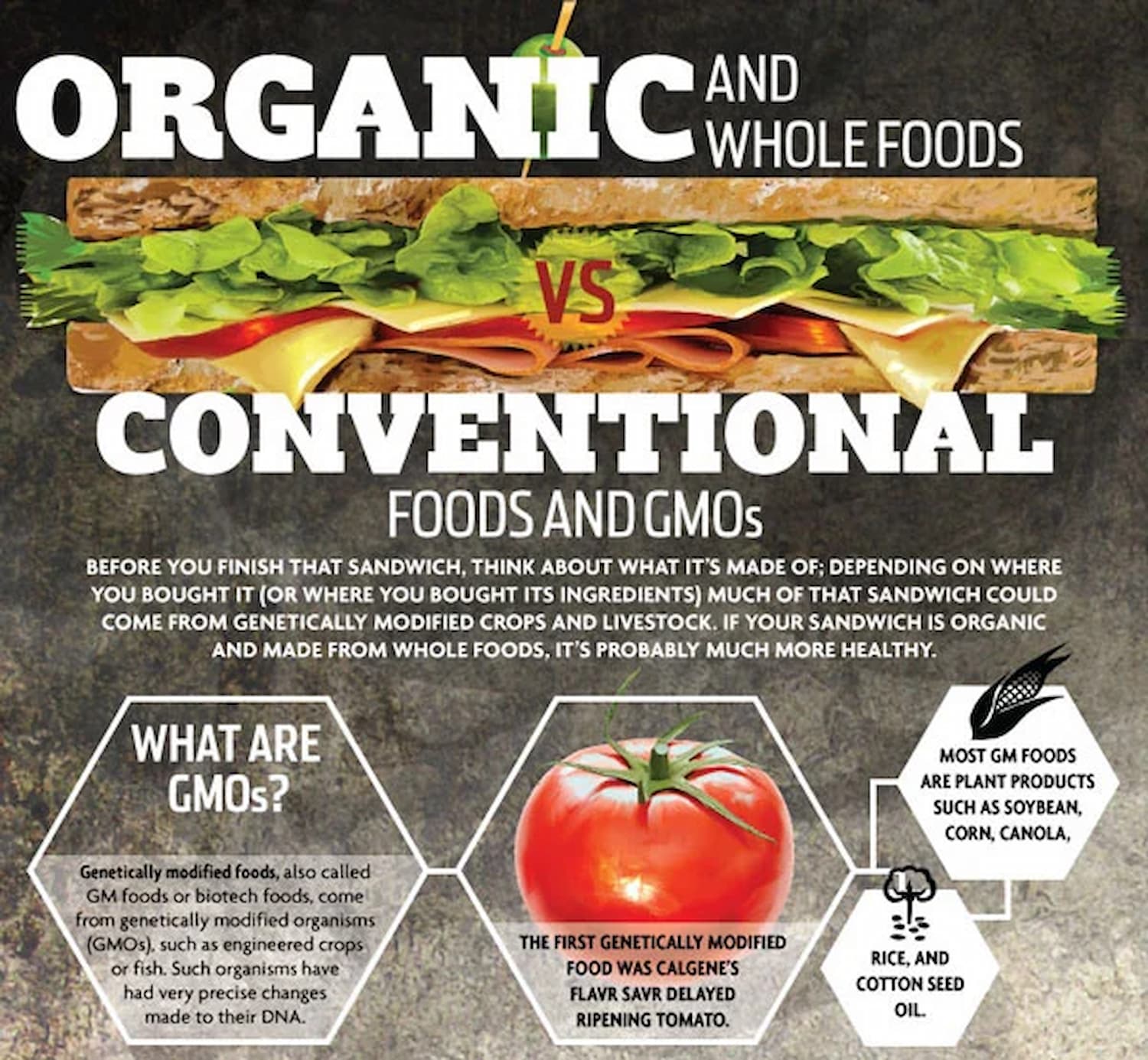
Did You Know? While organic-label foods are offered in each section of the grocery store, fresh fruits and vegetables are the top selling category of organically grown food. 1 Consumer demand for organically produced goods has shown double digit growth during most years since the 1990s. 2 Organic foods do not have a nutritional advantage over their conventional counterparts. 3
PPT CONVENTIONAL FARMING PowerPoint Presentation, free download ID
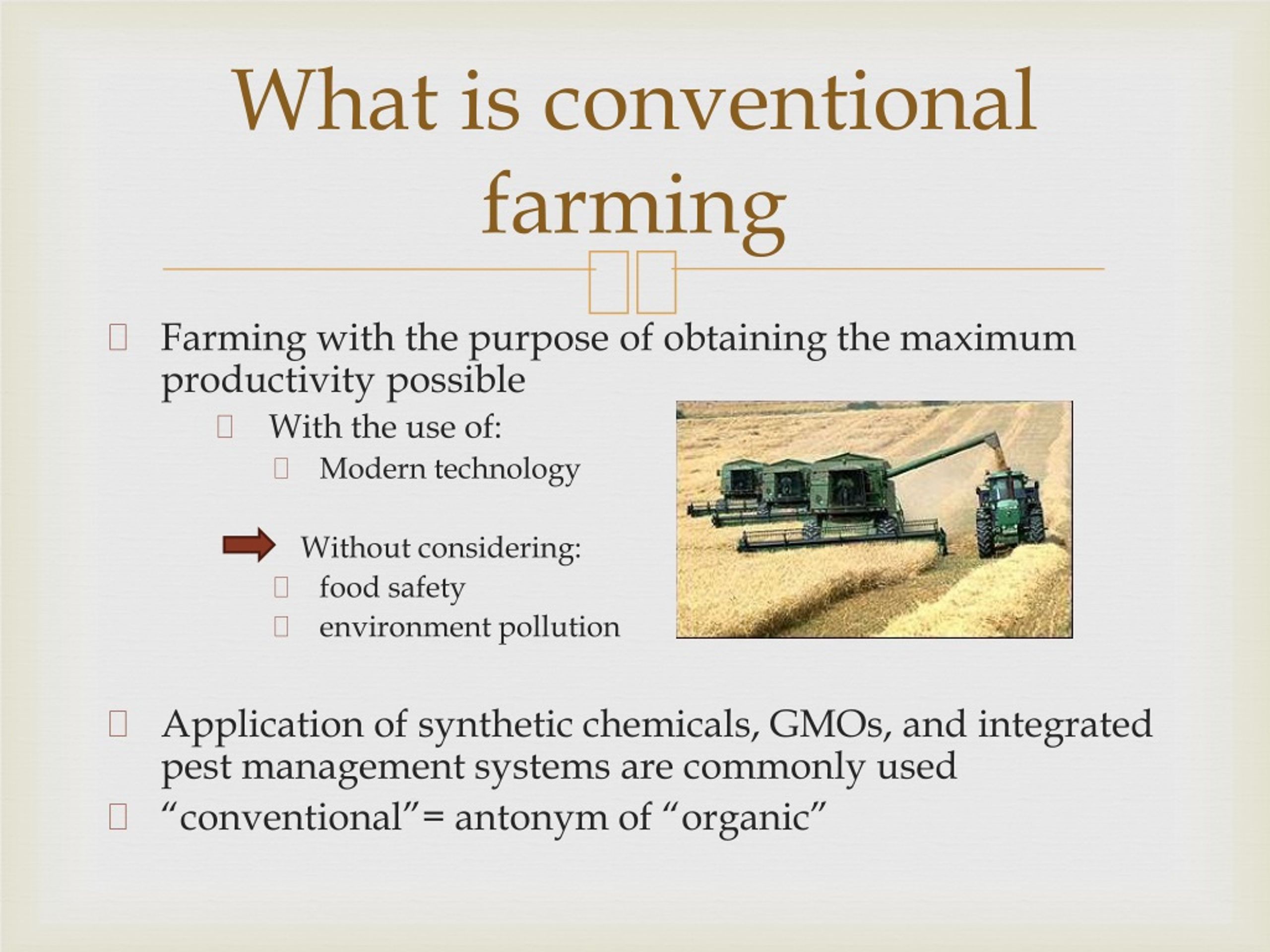
Organic products are believed to be more nutritious and safer foods compared to the conventional alternatives by consumers, with the consequent increase of demand and price of these foodstuffs. However, in academic circles there is much debate on these issues, since there is not a clear scientific evidence of the difference on the environmental.
Get to know biofuels UF/IFAS Soil and Water Sciences Department

Fertilizers made from wastes. Most fertilizers that are commonly used in agriculture contain the three basic plant nutrients: nitrogen, phosphorus, and potassium. Some fertilizers also contain certain "micronutrients," such as zinc and other metals, that are necessary for plant growth. Materials that are applied to the land primarily to enhance.
How does GM differ from conventional plant breeding? Royal Society

The resulting term - conventional agriculture - is used in three ways. First, in experimental or analytical contexts, conventional agriculture is used to refer to a counterpoise, comparator or 'control treatment' against which alternative agricultures or practices can be tested, compared and contrasted.
How are conventional farmers different from organic farmers?

Conventional farming involves a regular approach to farming. Contrary to its name, conventional framing is different from traditional farming. It is a modern approach to farming that uses chemicals, machinery, and technology to increase the yield. The process is also called intensive agribusiness or industrial farming and is non-sustainable.
Organic Foods vs Regular Conventional Food What is the Difference
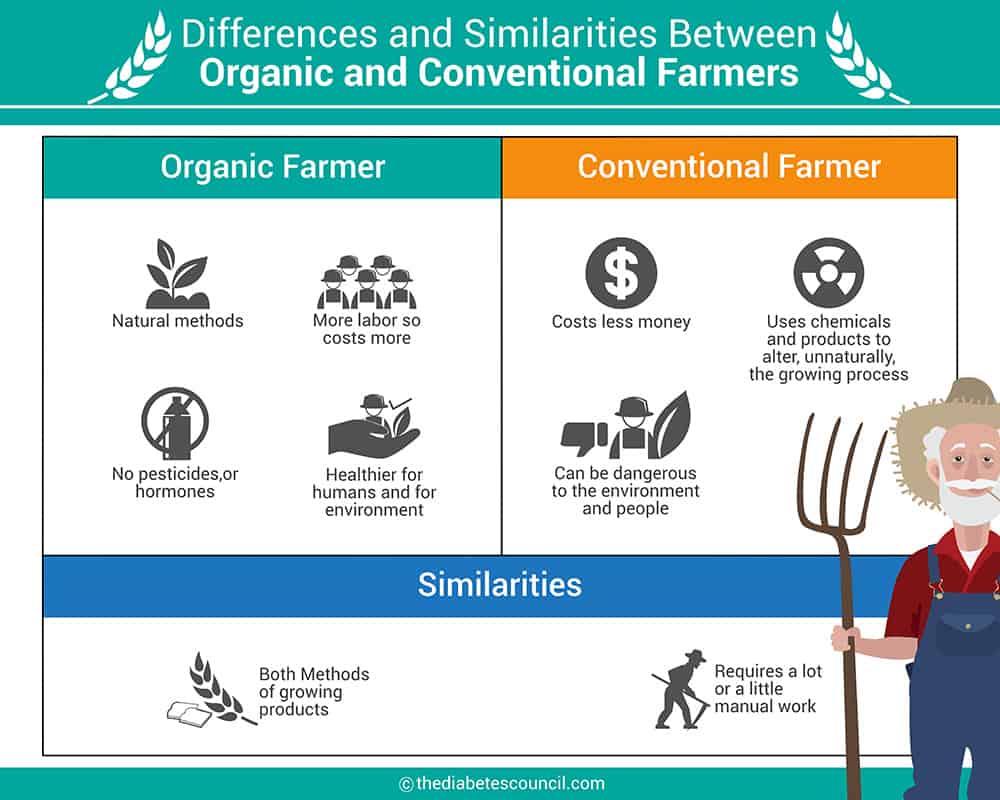
Terms like "synthetic," "toxicity," "natural," "organic," and "chemicals" are sometimes used in confusing ways. The goal of this fact sheet is to provide an outline for understanding these and other terms as they relate to pesticides in organic and conventional crop production. Colorado potato beetle on the left is an.
What is food biotechnology? Definition and examples Market Business News

Conventional farming manages resource inputs (i.e., fertilizer, irrigation water, amendments, pesticides) uniformly, ignoring the naturally inherent spatial heterogeneity of soil and crop conditions between and within fields. The uniform application of inputs results in over and under applications of resources.
How to Build a Better Plant (traditional crossbreeding versus

The Nutrition Labeling and Education Act of 1990 (NLEA) permits the use of label claims that characterize the level of a nutrient in a food (i.e., nutrient content claims) if they have been.
Organic Farming vs. Conventional Farming Red Lion Organic Farms

The Effects. Conventional and organic farming methods have different consequences on the environment and people. Conventional agriculture causes increased greenhouse gas emissions, soil erosion, water pollution, and threatens human health.Organic farming has a smaller carbon footprint, conserves and builds soil health, replenishes natural ecosystems for cleaner water and air, all without toxic.
Organic vs Conventional (With images) Organic vs conventional

Functional foods provide important nutrients that can help protect against disease. Many are especially rich in antioxidants. These molecules help neutralize harmful compounds known as free.
Comparing Organic vs. Conventional Farming Resource Efficiency

With the increased focus on a healthy diet based on the consumption of organic and natural foods, nonconventional food plants are becoming a more prevalent option to add variety and greater nutritional value to the daily diet. Non-conventional foods are a reliable and inexpensive alternative healthy food source to replace or complement current conventional food choices.
The Truth Behind Organic vs. Conventional Food Infographic Asian
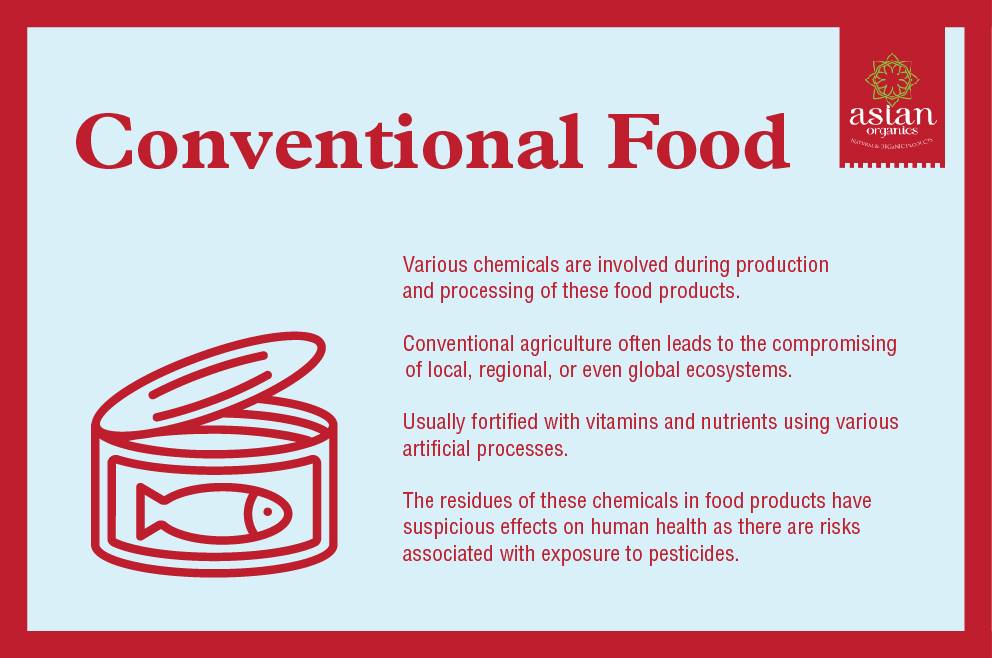
The goal of both GM and conventional plant breeding is to produce crops with improved characteristics by changing their genetic makeup. GM achieves this by adding a new gene or genes to the genome of a crop plant. Conventional breeding achieves it by crossing together plants with relevant characteristics, and selecting the offspring with the.
What's in Your Corn?

Table 1 presents a comparison between some conventional sources of proteins (i.e., soy, rice, and wheat) and unconventional ones (UFPs), approaching their technological aspects. Soy proteins (SP) are widely used in industrial applications due to their interesting interfacial and nutritional properties. SP has been shown to act appropriately as emulsifying, foaming, and gelling agents in food.
Harvard Urges Eating Organic
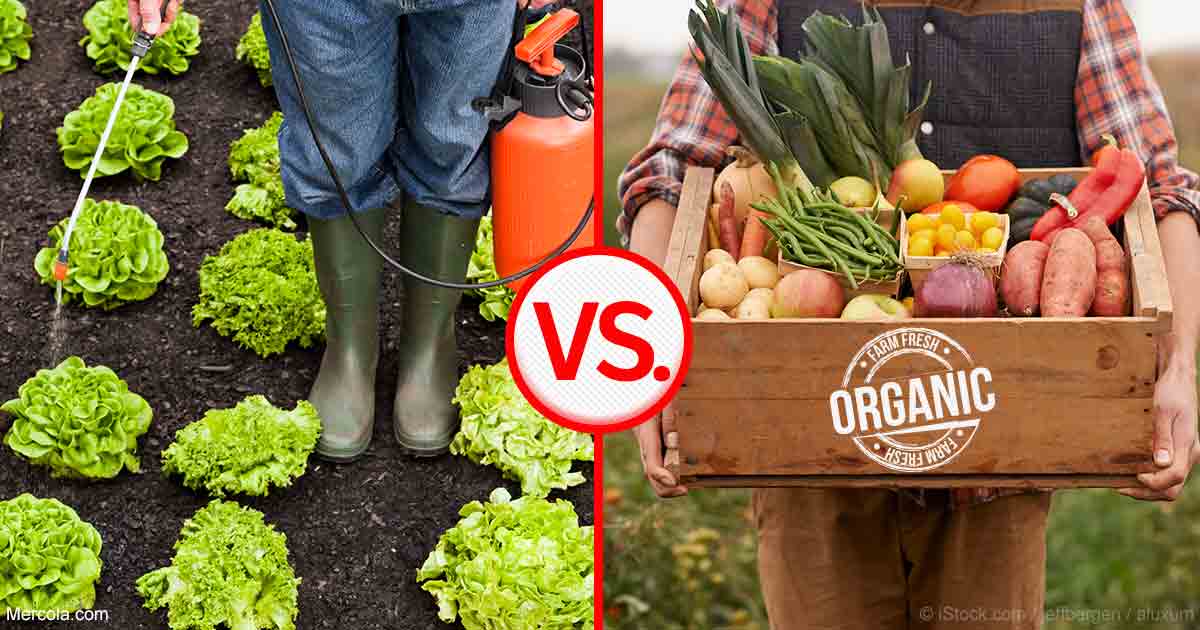
Difficult control of aflatoxins/bacterial contamination is common in organic farming. Reduced plant yield is typical of organic system. No higher sensorial and nutritional quality of organic than conventional foods. Higher risk of food loss and price increase of organic than conventional products.
What is Conventional DonavankruwGarrison

genetically modified organism (GMO), organism whose genome has been engineered in the laboratory in order to favour the expression of desired physiological traits or the generation of desired biological products.In conventional livestock production, crop farming, and even pet breeding, it has long been the practice to breed select individuals of a species in order to produce offspring that.